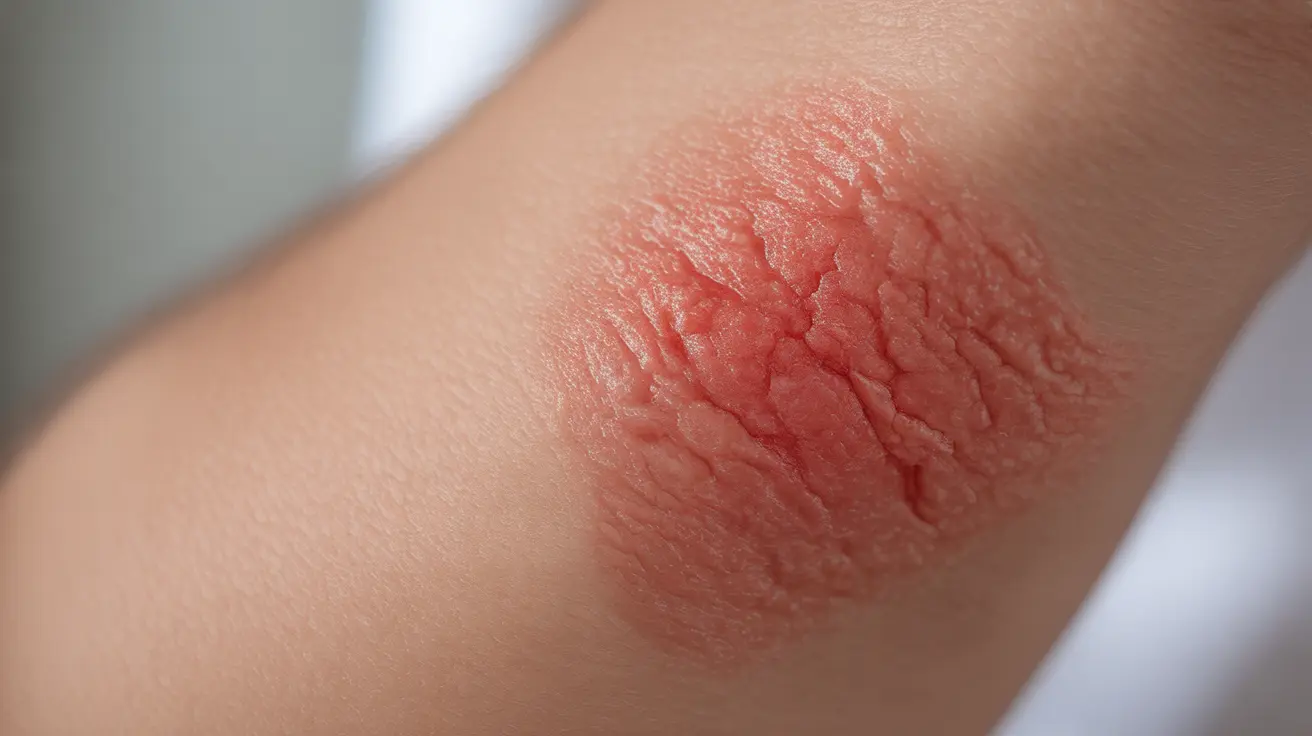Skin infections can be concerning, particularly when trying to distinguish between erysipelas and cellulitis. While these bacterial skin infections share some similarities, understanding their distinct characteristics is crucial for proper diagnosis and treatment. This comprehensive guide will help you understand the key differences between these conditions and their respective treatment approaches.
Distinguishing Features of Erysipelas and Cellulitis
Erysipelas and cellulitis affect different layers of the skin and present with distinct characteristics that help medical professionals make accurate diagnoses. Erysipelas typically affects the upper layers of the skin and superficial lymphatics, while cellulitis involves deeper skin tissues.
Visual Appearance and Location
Erysipelas typically presents as a bright red, raised, well-defined area with clear borders that feel warm and tender to touch. It most commonly affects the face and legs. The affected area often has a distinctive raised edge that feels firm and elevated above surrounding skin.
Cellulitis, on the other hand, presents with redness that has less defined borders and tends to spread more gradually. The affected area may appear more purple or darker red compared to erysipelas, and the skin typically feels warm and swollen but without the characteristic raised edges.
Bacterial Causes and Infection Patterns
Both conditions are caused by bacterial infections, but the specific pathogens and infection patterns can differ. Erysipelas is almost exclusively caused by Group A Streptococcus bacteria, while cellulitis can be caused by various bacteria, including both streptococci and staphylococci species.
Risk Factors and Prevention
Several factors can increase the risk of developing either condition:
- Breaks in the skin (cuts, scrapes, or surgical wounds)
- Chronic skin conditions like athlete's foot or eczema
- Lymphedema or poor circulation
- Weakened immune system
- Obesity
- Previous episodes of skin infection
Diagnostic Approaches
Healthcare providers typically diagnose these conditions through physical examination and patient history. While laboratory tests aren't always necessary, they may be ordered in certain cases to confirm the diagnosis or identify the specific bacteria causing the infection.
Treatment Strategies
The treatment approach for both conditions typically involves antibiotics, though the specific medications and duration may vary. Initial treatment often includes oral antibiotics, but more severe cases may require intravenous administration.
Supportive Care Measures
Additional treatment measures may include:
- Elevation of the affected area
- Rest and limited movement
- Cold compresses for comfort
- Pain relief medications
- Regular monitoring of infection progression
Frequently Asked Questions
What are the main differences in symptoms between erysipelas and cellulitis? Erysipelas presents with well-defined, raised, bright red areas with clear borders, typically on the face or legs. Cellulitis shows less defined borders, deeper tissue involvement, and a darker red or purple appearance.
How do doctors distinguish erysipelas from cellulitis during diagnosis? Doctors look for characteristic features like the raised, well-defined borders in erysipelas versus the more diffuse spread of cellulitis. They also consider the location of the infection and its depth in the skin layers.
What types of bacteria cause erysipelas versus cellulitis, and how does that affect treatment? Erysipelas is primarily caused by Group A Streptococcus, while cellulitis can be caused by various bacteria including both streptococci and staphylococci. This affects antibiotic choice and treatment duration.
What are the common risk factors that increase the chance of developing erysipelas or cellulitis? Common risk factors include skin breaks, chronic skin conditions, lymphedema, weakened immune system, obesity, and previous infections. Proper skin care and prompt treatment of wounds can help prevent both conditions.
How are erysipelas and cellulitis typically treated, and when is intravenous antibiotic therapy needed? Both conditions are treated with antibiotics, typically starting with oral medications. Intravenous antibiotics become necessary when the infection is severe, spreading rapidly, or not responding to oral antibiotics.




